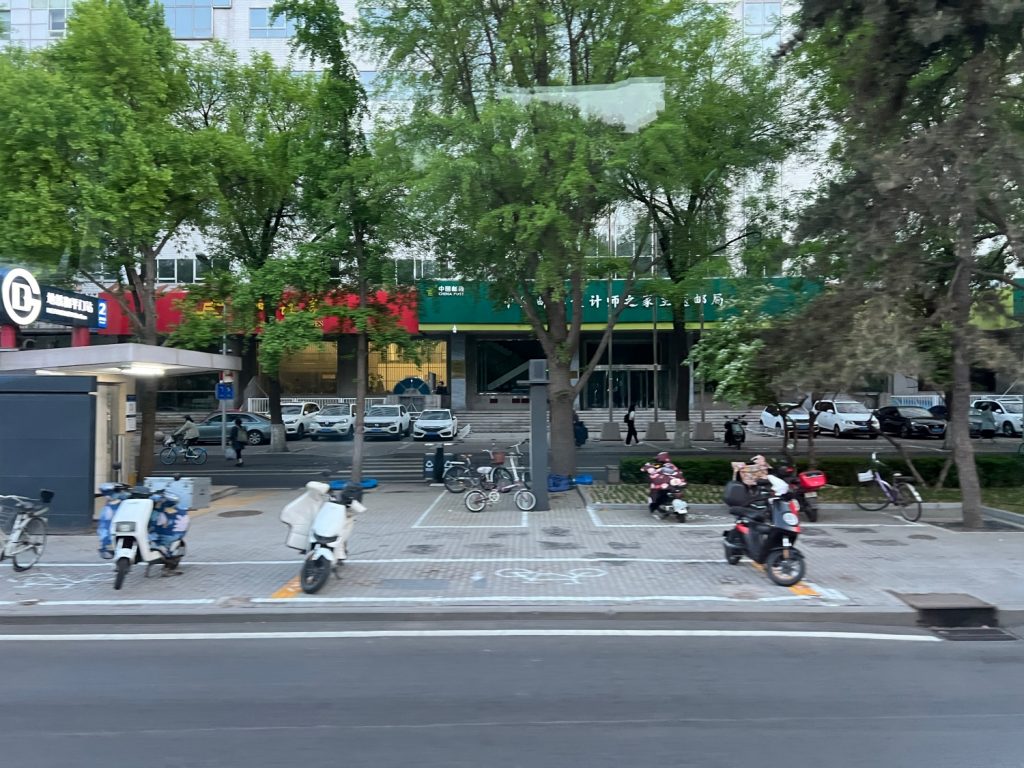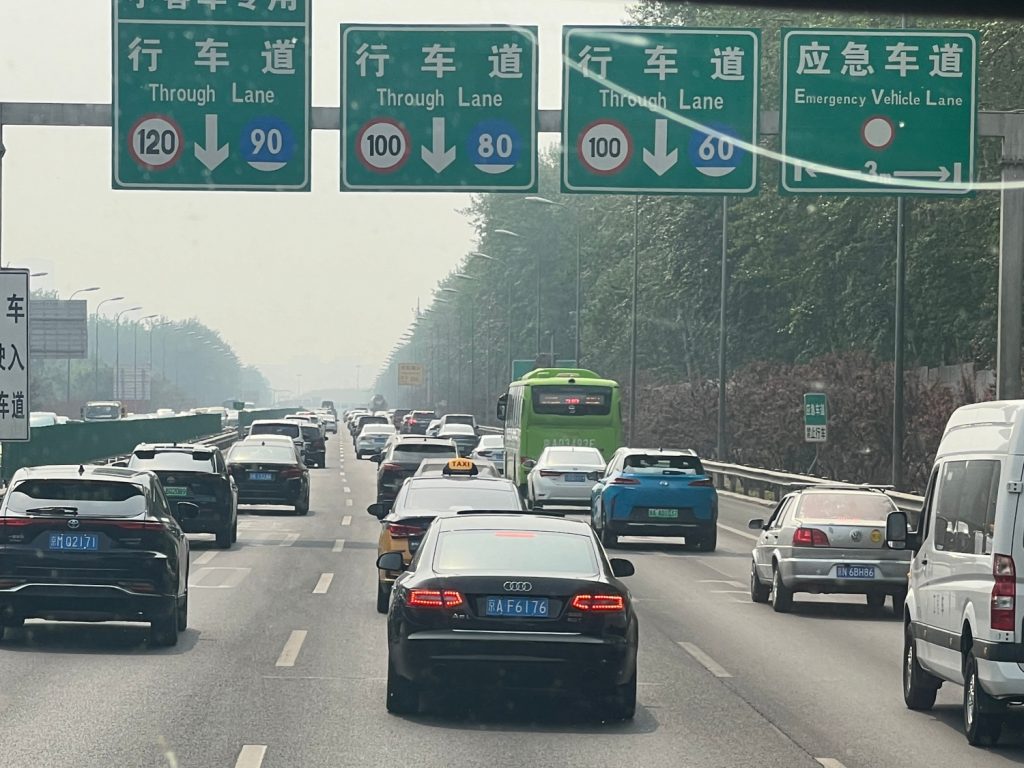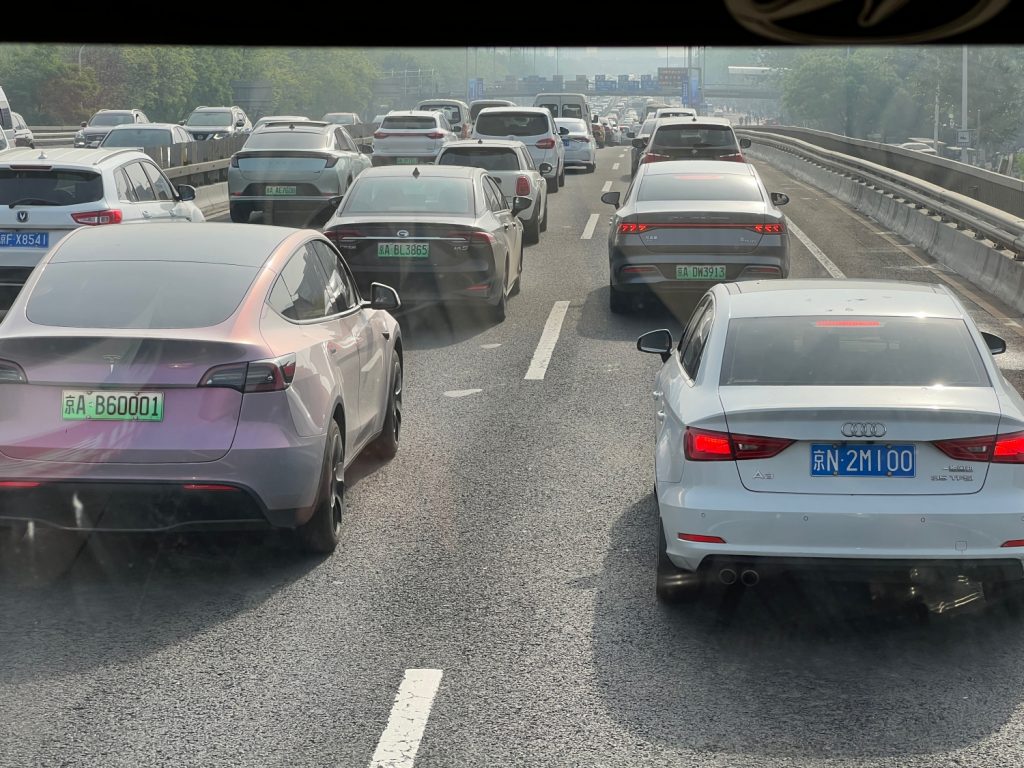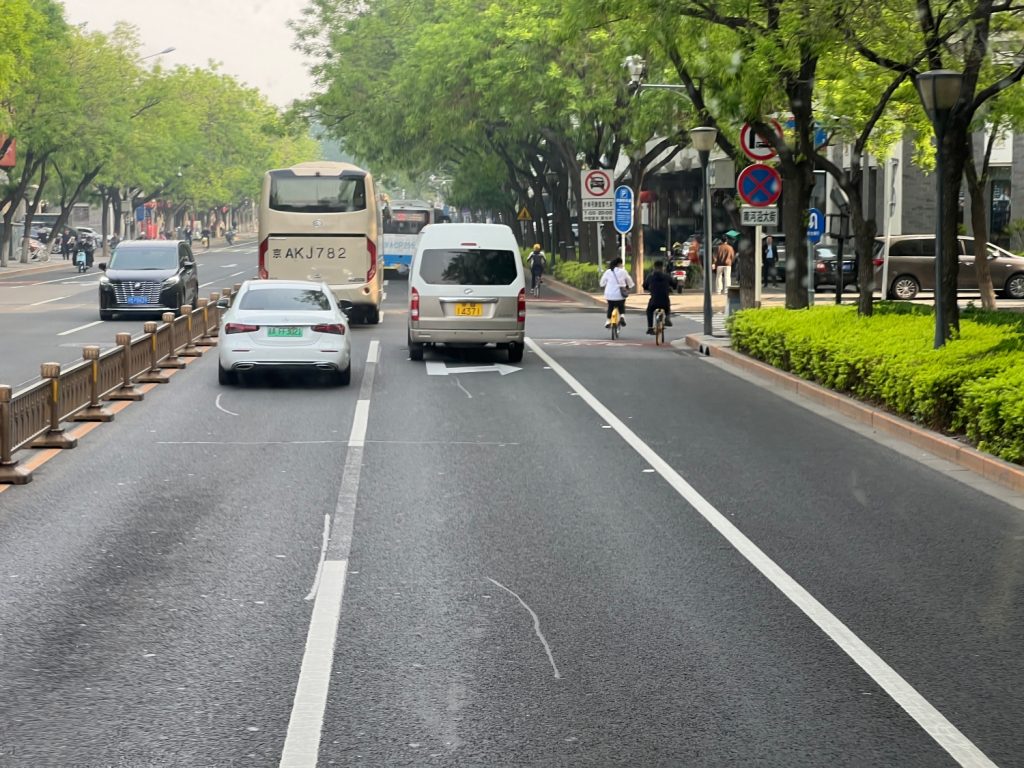Many of today’s successful Chinese brands in the automotive and tech scene can be traced back to a time of mirroring. They’ll copy the ins and outs of their competitors and combine them in one car. Later on, they produced original designs and technology that put respect on their name. Some brands even gained worldwide recognition like BYD for their electric cars.
What if we do the same, but on their roads? When I went to Beijing, China, I noticed a few differences between our roads and theirs. These are only a few but when they all add up, it results in a smoother flow of traffic, thus faster travel time from one point to another.
I’m not saying we should change our existing roads to accommodate these ideas. But seeing that there are micro cities being built outside of Metro Manila, might as well give these developers a few ideas on better road designs.
Inner streets for roadside stores

One of the problems we have in our roads is how the road-side stores impede traffic. This happens when the only parking space available is in front of the store, thereby on the side of the road. Cars going in and out block 1-2 lanes depending on the parking slot’s angle, and the size of the car.
This is commonly seen on roads like Congressional Avenue, Commonwealth, EDSA, and Katipunan to C5. So how did Beijing solve this?
They simply built a 2-lane service road. Anyone who’d like to stop for these stores can just park on one lane, while the other remains vacant for those who are passing by. Sometimes they would have perpendicular parking slots on the curb, to make the service road free of cars. The sidewalk of the dividing island is also big enough to park bikes and e-bikes, as well as motorcycles, so they are not fighting for space with the cars.
Full width dedicated lane for bikes and e-bikes

Speaking of bikes and e-bikes, all roads I’ve seen have a full-width lane dedicated to them. Aside from allowing more bikers and e-bikers to ply the road at a single time, the space acts as a buffer from the faster vehicles on their left side making it safer for them to travel.
They are serious about this green means of travel too. They made the side-streets one-way only in order to accommodate this full-width lane. This is crucial especially for those who are traversing from one side of a wide highway to another – they don’t have to carry their bikes in the underpass anymore.
Different speed limits per lane on the highway

Another fascinating rule in Beijing is the different speed limits per lane on their highway. The rightmost lane has the slowest minimum speed, and that increases as you go left. Their leftmost lane is still a passing or overtaking lane but aside from a higher minimum speed, it also has a higher speed limit compared to the rest of the lanes.
It’s the perfect rule to have in our highways. Many drivers here hog the passing lane while nowhere near the speed limit. Some who are already running at 100kph won’t move to the side if a faster car is behind them, saying they’re already at the legal limit. With this rule in place, those who need to go fast can do so without anyone impeding them – ideally.
Visibly distinct plates for e-vehicles

A distinct plate for electrified vehicles is already part of EVIDA Law. In fact, last April 10, the Electric Vehicle Association of the Philippines posted an actual photo of the new plates from LTO.
The problem with the said plate, in my opinion, is that it’s not obvious from afar that it’s green and not black. The hue of the green they chose is dark so in noontime sky, that will be close to the conventional plates we have.
In Beijing, the normal plates are white letters on blue metal. For the electrified ones, they have black letters on a gradient green metal. This way, there’s no way you’ll mistake one for the other even at night or at high time of the day. Hopefully, the LTO changes its mind regarding the plate design.
Trees on sidewalks and roads

Beijing doesn’t have the best air quality in the world. Still, they’re trying their best to improve that aspect. As you move around in the city, you’ll notice they have greens in key areas; particularly at the middle of the road or on sidewalks. They’re not the skinny ones too like in BGC. They are tall trees with a wide spread of their branches and below them are common boxwood shrubs.
The bigger trees are particularly useful if they are on the sidewalks, giving people a cooler shade during the day. Not every place has the same abundance of greens though as their more recent places, like the shopping district we’ve been to, are still in the process of maturing their trees.
There is still a lot of undeveloped land outside of Metro Manila. That means the developers can still make up for the mistakes or lapses done inside the city for a more inclusive experience for everyone.

